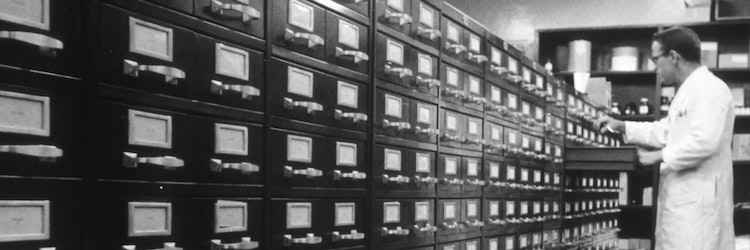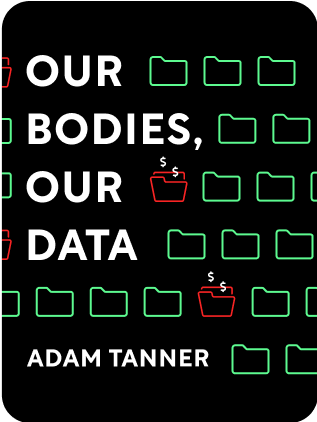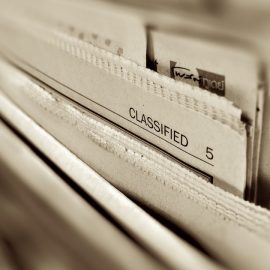

This article is an excerpt from the Shortform book guide to "Our Bodies, Our Data" by Adam Tanner. Shortform has the world's best summaries and analyses of books you should be reading.
Like this article? Sign up for a free trial here .
Did you know that personal medical data is sold? How and when did this practice start and why is it a problem?
In Our Bodies, Our Data, Adam Tanner shares a useful history of how resold medical data became increasingly personal and detailed over time. He identifies some of the key players in the healthcare data industry and how they gather and share information.
Read more for a history of resold medical data.
The Trend of Resold Medical Data
The overall trend over the past decades is toward 1) more granular medical data consisting of more detail about a patient’s history, 2) data linked to distinct providers and patients, and 3) piecing together large datasets longitudinally across time. A few examples:
- Wholesalers and pharmacies started by selling bulk sales data. This allowed study of pharmaceutical company market share, overall and by territory.
- Prescription data with doctor identification allowed data companies to create profiles on the prescribing habits of individual doctors.
- Anonymized patient data from wide sources were linked together to get patient dossiers.
It Started With Pharmacies
1930s: Nielsen pays pharmacies to share wholesale invoices every two months to project overall US sales. Staffers also count products on shelves to monitor sales rates. This data helps firms target advertising and sales to regions and seasons.
Pharma research firm Davee, Koehnlein and Keating uses receipts from US pharmacies and manufacturers to estimate pharma market sizes by category.
1947: Graduate student Gosselin asks drugstores for permission to copy their prescription records. Pharma companies get interested in this service to get precise sales and compare their presence vs. the competition. He starts a company in 1952 to send bimonthly nationwide pharmacy surveys. He eventually asks physicians to share their prescription writing to correlate physician attributes with specific drug sales.
- Note that understanding drug sales (what leaves the door) is distinct from drug prescriptions, since sales are what actually gets pharma revenue.
1957: IMS acquires purchase data from wholesale pharmacies to estimate market sizes in Germany.
1960s: IMS begins asking doctors to share what they prescribe for different diagnoses.
- Generally it tries to get medical data for free, arguing the data will help science. Otherwise they give $50 a month for this data.
IMS starts the Drug Distribution Data service which merges data from drug wholesalers and pharma to determine total sales by salesperson territories.
- Weakness: misses traveling prescriptions (script written in one territory and filled in another) and doesn’t have per-doctor granularity
1978: McKesson starts Pharmaceutical Data Services, which sends surveys to 100k’s of doctors.
- In the early 1980s, PDS starts buying doctor-identified prescriptions from pharmacies.
- PDS generates physician profiles by matching doctor prescribing data with prescription filling data, to get real sales, not just prescriptions.
Patient dossiers start to be compiled about distinct patients.
- Anonymized dossiers compile medical data from multiple data sources.
- IMS Health (now called IQVIA) and Symphony Health are major players.
This brief history of sold medical data provides insight into how we got to where we are today.

———End of Preview———
Like what you just read? Read the rest of the world's best book summary and analysis of Adam Tanner's "Our Bodies, Our Data" at Shortform .
Here's what you'll find in our full Our Bodies, Our Data summary :
- Why your medical data is no longer safe
- Who is selling your medical data and why
- Why it’s already too late to opt out or take back your data






